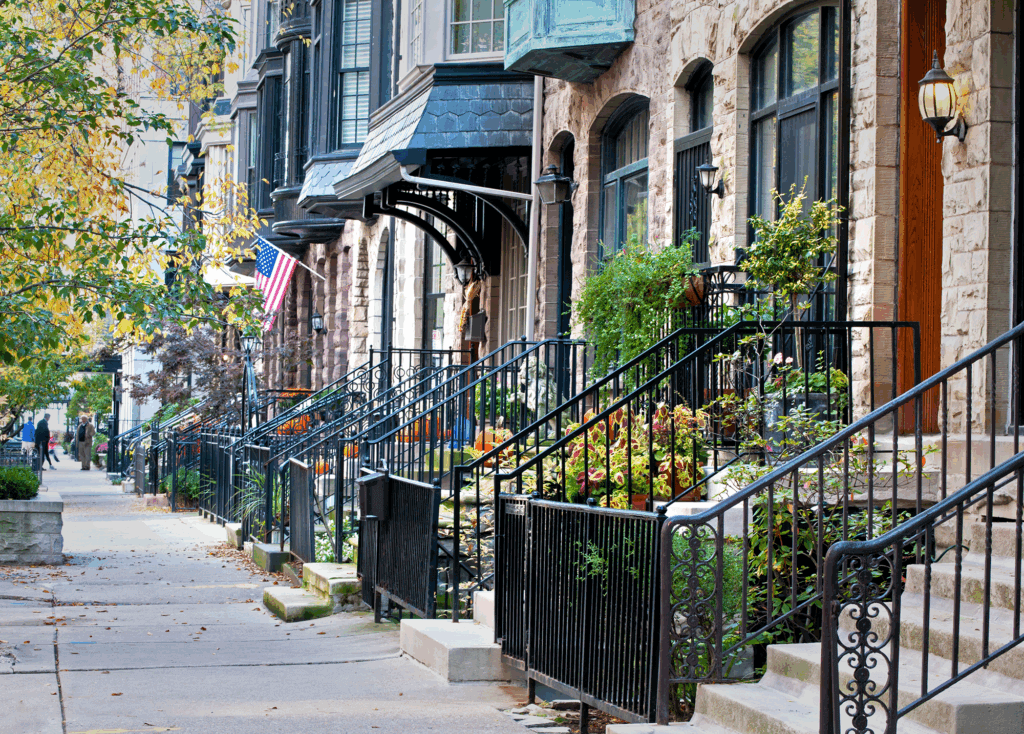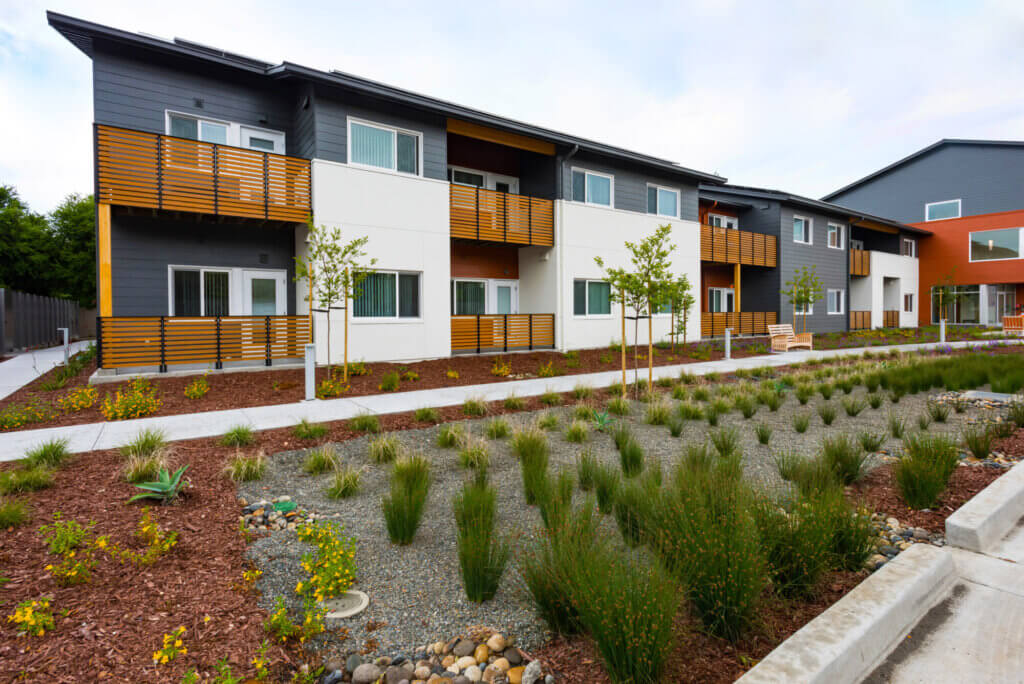Housing on the Ballot: How Californians Voted on Key Measures in 2020
Published On November 20, 2020
With the November 2020 election—one of the most consequential in recent memory—wrapping up, our blog post published today offers an overview of the results of the many housing-related propositions and local initiatives on the ballot in California this year.
The results for housing-related statewide propositions were decidedly mixed. Two propositions aimed at reforming the property tax legacy of 1979’s Proposition 13 were on the ballot. Proposition 19, which among other provisions would eliminate a property tax break for heirs of property used for investment purposes, narrowly passed while Proposition 15, which would have created a “split roll” for commercial properties and would have resulted in billions of dollars of revenue for the state, failed. Voters also rejected Proposition 21, which would have expanded how cities could use rent control.
At the local level, many tensions around housing efforts remain. San Diego voters chose to eliminate some building height restrictions in the coastal zone, but failed to reach the two-thirds majority needed to approve an affordable housing bond. Efforts to strengthen tenant protections stalled in a number of cities, including Burbank and Sacramento, while Culver City voters rejected a measure to roll back the city’s recently-enacted rent control policy. And measures to roll back restrictive land use regulations failed in Alameda and San Mateo.
Read more results from the 2020 election in California and what they mean for housing here.
With such mixed election results, policymakers in Sacramento are faced with another pivotal year in 2021. We will be tracking legislative efforts to alleviate the state’s housing crisis and providing research and data to inform these conversations.





